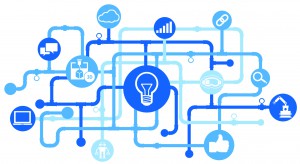Emerging Technologies Produce Business Benefits and Talent Challenges
Wearable technology, 3D printing, advanced robotics, real-time shipment tracking and integrated business planning tools are just a few examples of technologies that are in place now, or will be in the near future, throughout the supply chain.
These advances have not only changed the way supply chain organizations do business, but they also present very real human capital challenges. At the same time, the role of the supply chain professional has expanded as technology enables data collection, analysis, planning and coordination across a range of departments and locations versus a siloed approach to business.
What does this mean for employers in the supply chain? The skill sets for the future supply chain workforce must be broader and deeper as more technologies are adopted and supply chains become more connected and more digital.
Add the need to hire employees with different skills to the fact that the supply chain industry will need to fill about 1.4 million new jobs between 2014 and 2018 as Baby Boomers retire and the industry grows, and supply chain leaders are facing a major talent shortage. This lack of talent can slow innovation throughout the industry, according to the U.S. Roadmap for Material Handling & Logistics.
Describing the relationship between technology and jobs has always been difficult, especially when the primary assumption is that technology reduces the number of jobs that must be performed. “Technology doesn’t eliminate all jobs, but it does change them,” says Daniel Stanton, vice president of education and workforce development at MHI.
Read the full article in MHI Solutions.





